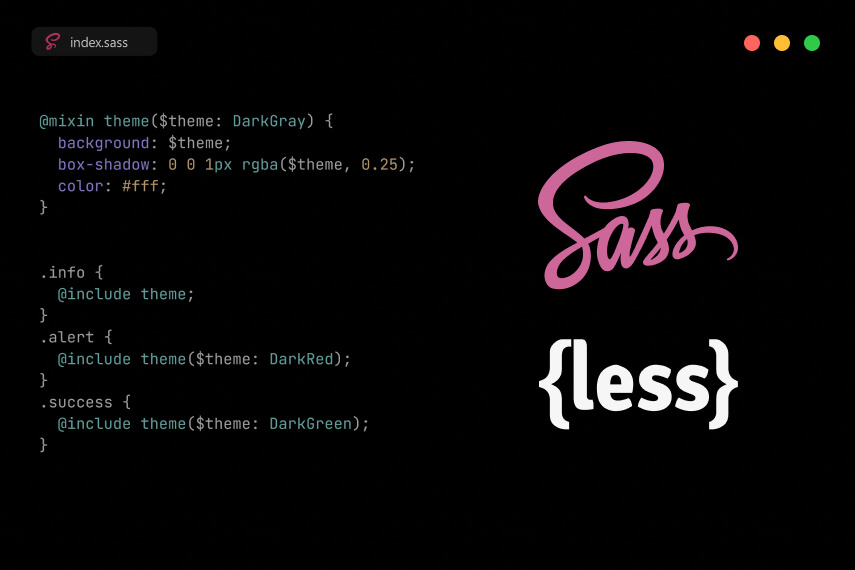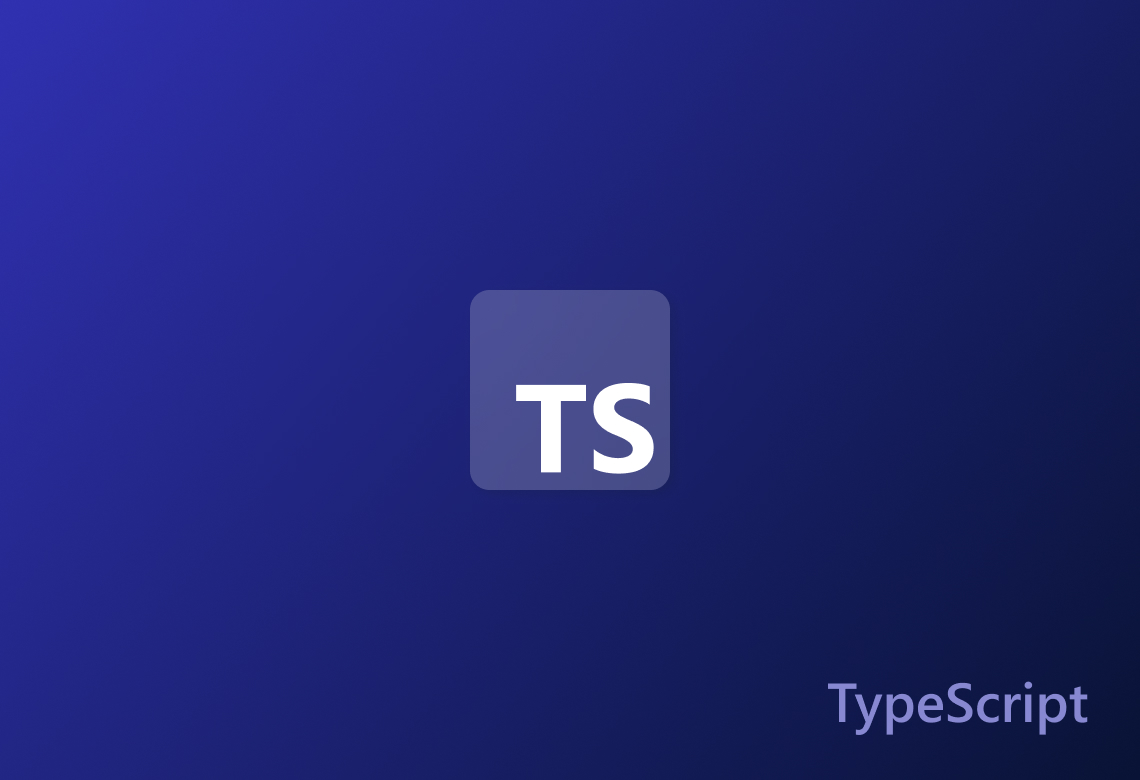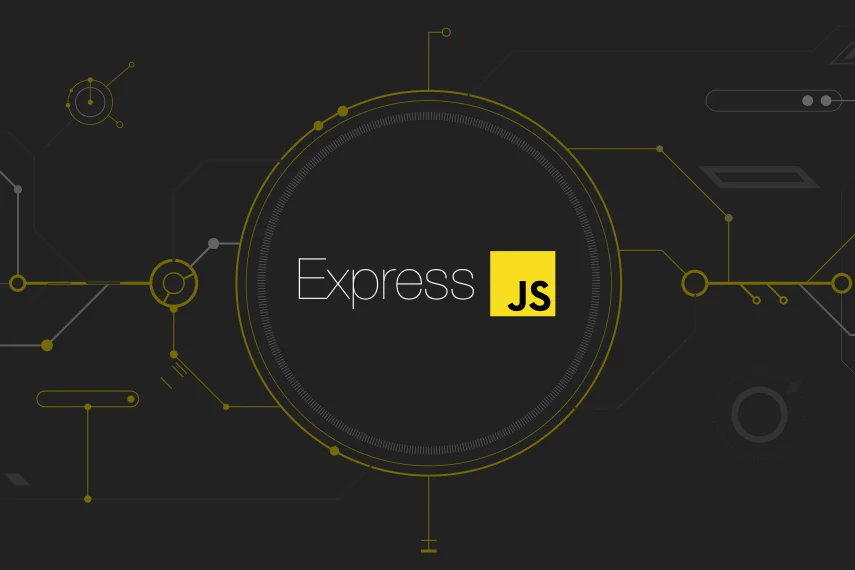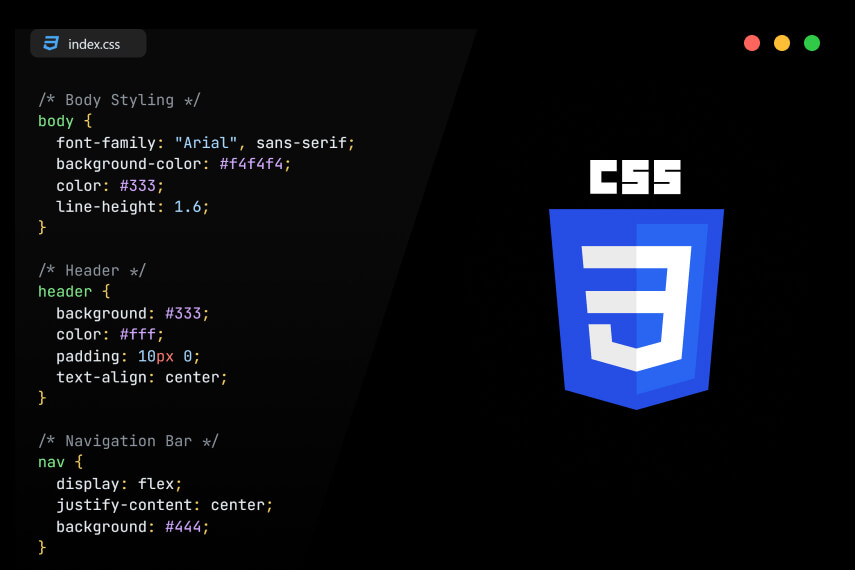JavaScript
JavaScript (JS) is a versatile, high-level programming language primarily used to create interactive and dynamic content on websites. It enables features like animations, form validations, and real-time updates by manipulating the HTML and CSS of a webpage. JavaScript is widely supported across all browsers and is an essential tool in modern web development.
- Dynamic Interactivity
- Cross-Browser Compatibility
- Event Handling

React
React is a popular JavaScript library used for building user interfaces, particularly single-page applications. Developed by Facebook, React allows developers to create reusable UI components and manage the state of an application efficiently. Its virtual DOM feature ensures optimal rendering performance, making React a go-to choice for creating dynamic and responsive web applications.
- Component-Based Architecture
- Virtual DOM
- Declarative UI

HTML5
HTML5 is the latest version of the Hypertext Markup Language, designed to structure and present content on the web. It introduces new elements and attributes that enhance semantic meaning, support multimedia integration, and improve web application performance. HTML5 aims to provide a more robust and interactive web experience, making it easier to create rich, engaging web applications.
- Semantic Elements
- Multimedia Support
- Local Storage

Sass or Less
Sass and Less are CSS pre-processors that extend traditional CSS with features like variables, nesting, and mixins, making stylesheets more maintainable and efficient. They allow for more dynamic and modular styling by enabling the use of functions, operations, and reusable components. Both tools compile down to standard CSS, which can then be used by web browsers.
- Variables
- Nesting
- Mixins
- Functions and Operations
- Modular Code

Typescript
TypeScript is a statically typed superset of JavaScript developed by Microsoft that compiles down to plain JavaScript. It enhances JavaScript by adding type annotations, which help catch errors during development and improve code readability. TypeScript also supports modern JavaScript features, making it easier to write robust and scalable applications.
- Static Typing
- Enhanced IDE Support
- Modern JavaScript Features

Express.js
Express.js is a minimal and flexible Node.js web application framework that provides a robust set of features for building web and mobile applications. It simplifies the process of handling HTTP requests, routing, and middleware integration, allowing developers to create scalable and maintainable server-side applications with ease.
- Middleware Support
- Routing
- Request and Response Handling

CSS3
CSS3 is the latest evolution of the Cascading Style Sheets language, used to style and layout web pages. It introduces new features and capabilities, such as animations, transitions, and flexible box layouts, which enable more dynamic and responsive designs. CSS3 is essential for creating visually appealing and consistent user interfaces across different devices and screen sizes.
- Advanced Styling Options
- Animations and Transitions
- Responsive Design

jQuery
jQuery is a fast, lightweight JavaScript library that simplifies HTML document traversal, event handling, and animation. It provides an easy-to-use API that works across various browsers, streamlining common tasks in web development. jQuery’s syntax is designed to make it easier to manipulate the DOM and handle user interactions with minimal code.
- DOM Manipulation
- Event Handling
- Cross-Browser Compatibility

 News: ADEVCO Develops Fully HIPAA-Compliant Psychiatric Care EMR in Under Four Months.
News: ADEVCO Develops Fully HIPAA-Compliant Psychiatric Care EMR in Under Four Months.

